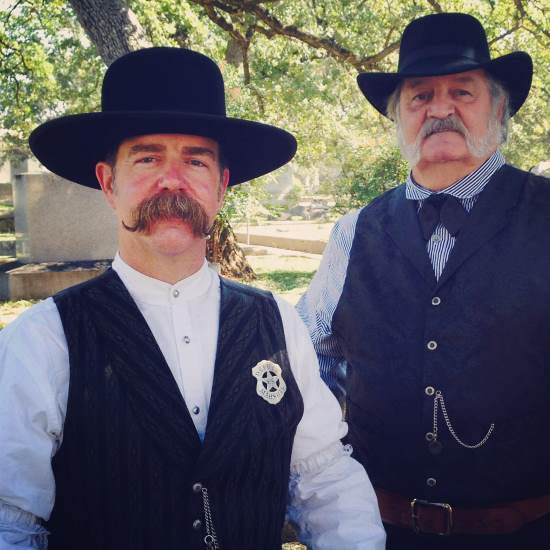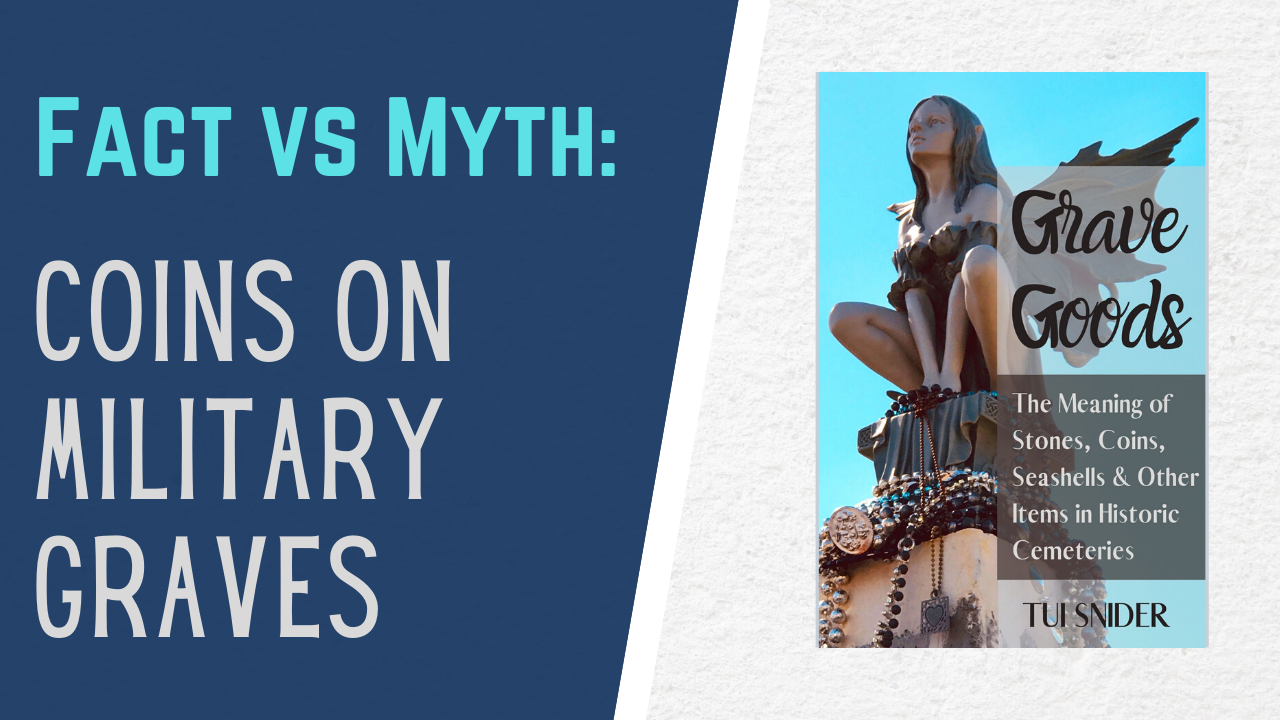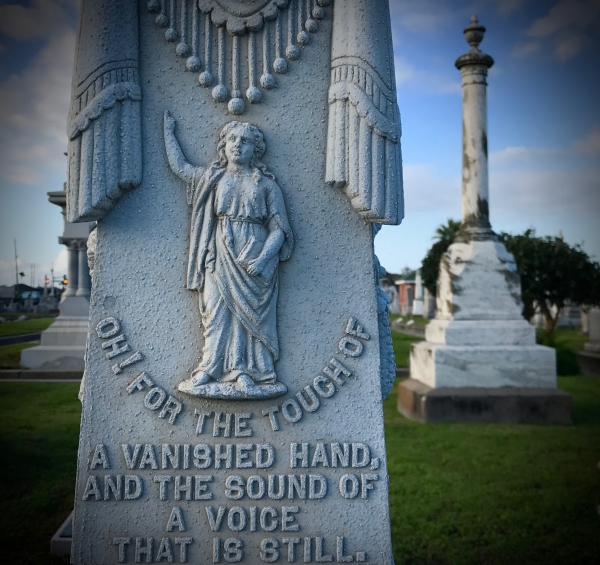[ For my FREE book about cemetery symbols, click here. The following article is an adapted excerpt from my travel guide to haunted places called, Paranormal Texas. Full disclosure: it’s an Amazon affiliate link. If you buy stuff after clicking it, I make a few pennies at no additional cost to you. Win/win, right?] Oakwood Saints and Sinners Tour What do you get when you combine live theater regional history and a beautiful texas burial ground? Why the Oakwood Cemetery Saints and Sinners Tour, of course! Every October the North Fort Worth Historical Society chooses interesting characters from Oakwood Cemetery’s…
Tag: iPhone photography
[ For my FREE book about cemetery symbols, click here. The following article is an adapted excerpt from my travel guide to haunted places called, Paranormal Texas. Full disclosure: it’s an Amazon affiliate link. If you buy stuff after clicking it, I make a few pennies at no additional cost to you. Win/win, right?] Doll House Museum in Granbury, Texas The Granbury Doll House Museum has over 2500 dolls from around the world. The dolls are on display throughout a two-story historic home that, when you think about it, kinda looks like a great big dollhouse. This unique museum was…
[The following is an adapted excerpt from my book, Grave Goods: The Meaning of Coins, Seashells & Other Items Left at Historic Cemeteries. I hope you enjoy it! Also, full disclosure: that’s an Amazon affiliate link. If you buy stuff after clicking it, I make a few pennies at no additional cost to you.] Do coins mean specific things on military graves? A modern urban legend that began making the rounds of the internet in 2009 claims that when coins are seen on military headstones, the different denominations mean specific things. I wanted it to be true, but… In recent years,…
[The following is an adapted excerpt from my book, Understanding Cemetery Symbols. I hope you enjoy it! Also, full disclosure: that’s an Amazon affiliate link. If you buy stuff after clicking it, I make a few pennies at no additional cost to you.] How to Identify US Veterans’ Graves Today I’ll show you how to quickly identify 3 different types of official American military markers for soldier’s gravesites. To see more examples and learn some surprising history, check out the video I made, too: Here’s a video for Identifying US Veterans Graves: #1 Civil War Type Markers The first official US…
Do you read Flash Fiction? Flash Fiction is a term referring to bite-sized stories ranging from 5 to 1500 words in length. They’re fun to read when you’re not in the mood to commit to a novel-length book, but you’d like a break from the real world. What’s a Drabble? A Drabble is a 100-word-long Flash Fiction story. A 200-word-long story is called a Double Drabble. Like any genre, not all Flash Fiction is created equal. When done right, the storyteller reels you in, surprises you with a sudden twist, and/or makes you care so much about the characters you…
April A to Z Challenge 2020: It’s that time of year! Every April, bloggers around the world make posts for each letter of the alphabet. It’s a lot of fun and a great way to make friends online. Here’s my post for today: [The following is an adapted excerpt from my travel guide to haunted places, a book called Paranormal Texas. I hope you enjoy it! Also, full disclosure: that’s an Amazon affiliate link. If you buy stuff after clicking it, I make a few pennies at no additional cost to you.] What are “White Bronze” monuments? From 1874 to 1914, the…

![Doll House Museum, Granbury, TX [photo (c) Tui Snider]](https://tuisnider.com/wp-content/uploads/2020/10/550-doll-museum-03.jpg)


